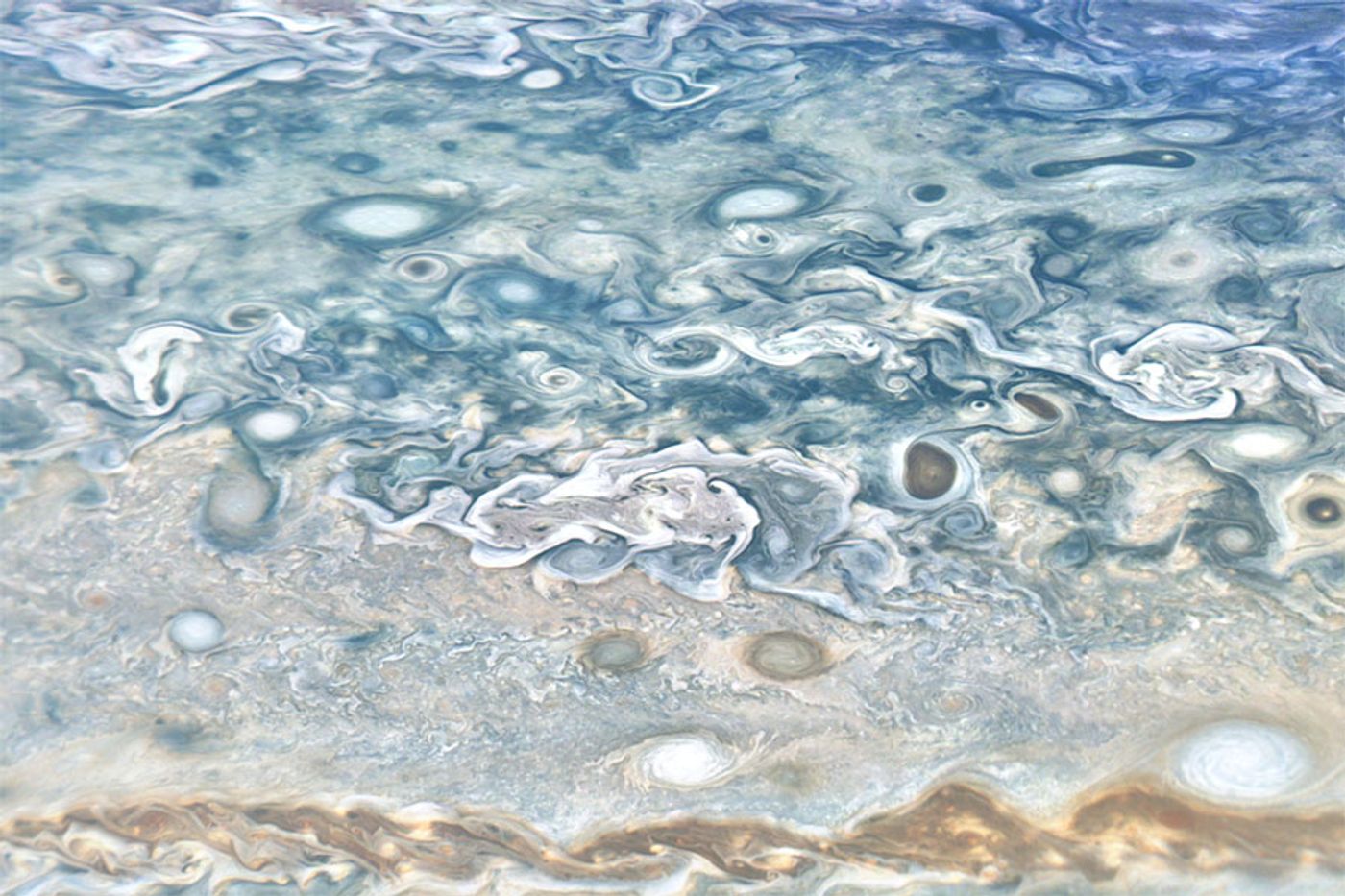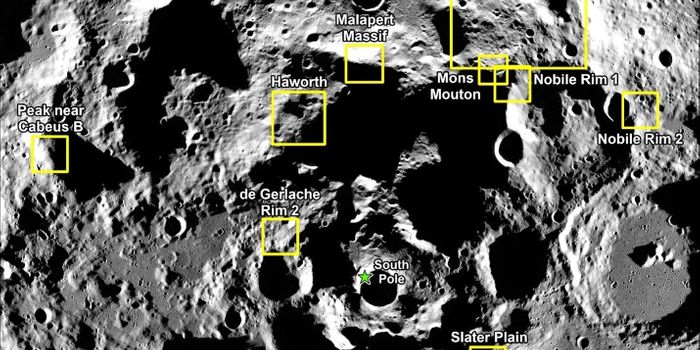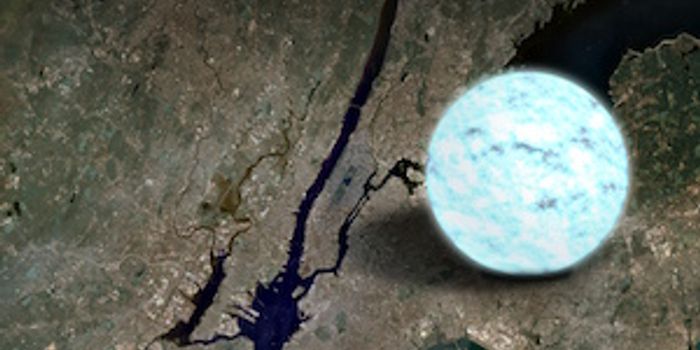New Citizen Science Project to Identify Clouds on Jupiter
Have you ever wanted to make a discovery in space? A new citizen science project led by a team of researchers at the University of Minnesota allows volunteers to help their team learn more about the atmosphere of Jupiter.
The atmosphere of Jupiter contains many clouds of different shapes and sizes, and the team is looking for citizen scientists to help identify and categorize clouds in tens of thousands of images of Jupiter obtained by the Juno spacecraft. The best part? You can do this from the comfort of your own home right through a web browser!
The project is called Jovian Vortex Hunter and it is hosted on the Zooniverse platform. Zooniverse is the “world’s largest and most popular platform for people-powered research.” The wonderful thing about the projects hosted on this website is that anyone can volunteer and you do not need any specialized background or training to be involved; short tutorials are available on the platform. The platform hosts projects in a variety of disciplines, so there is sure to be something of interest to almost anyone. Humans have a unique ability to recognize patterns and these projects make use of that ability. Many of the projects have thousands of images that need to be analyzed and it would normally take a team of researchers years to complete, but when the data is presented in a fun and engaging way to millions of people, the data can be analyzed very quickly!
The Jovian Vortex Hunter project allows the public to look at more than 60,000 images obtained by NASA’s Juno spacecraft, which has been orbiting around Jupiter since 2016, collecting gigabytes of data. Citizen scientists are tasked with identifying and categorizing atmospheric vortices – or clouds that have a round of elliptical shape, much like a hurricane. This will build a catalog of different types of vortices, which will help the team begin to understand the physics of why these atmospheric features come in different shapes and sizes, and eventually how these features form and how they are related to the structure of the atmosphere of Jupiter. Perhaps they can help scientists better understand weather patterns on earth as well!
To learn more about this citizen science project, and to participate, visit the Jovian Vortex Hunter website!
Source: University of Minnesota









